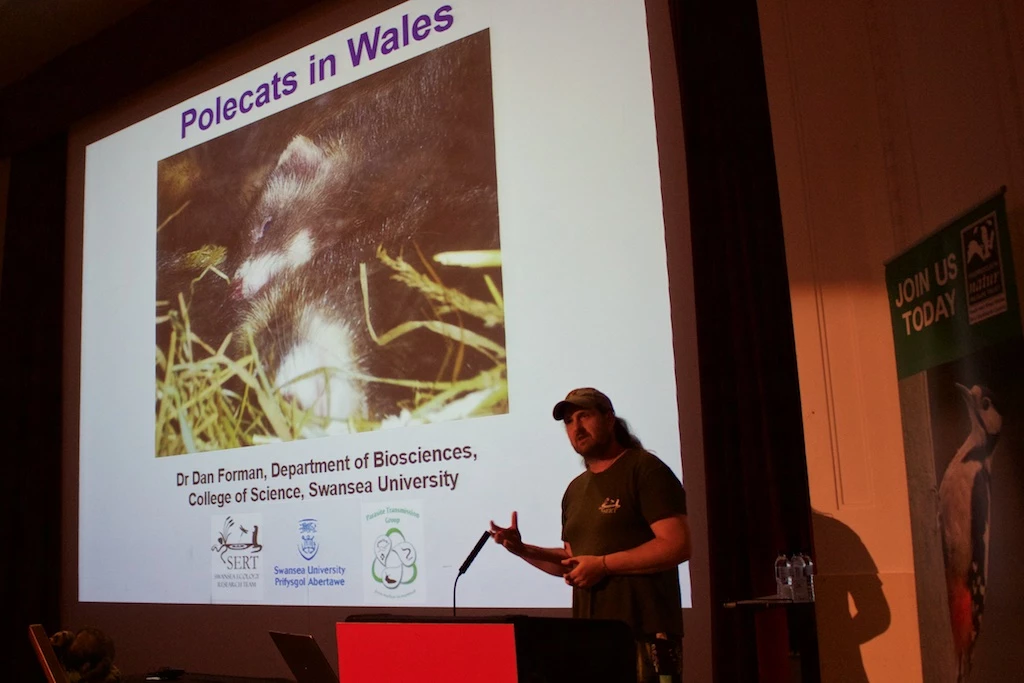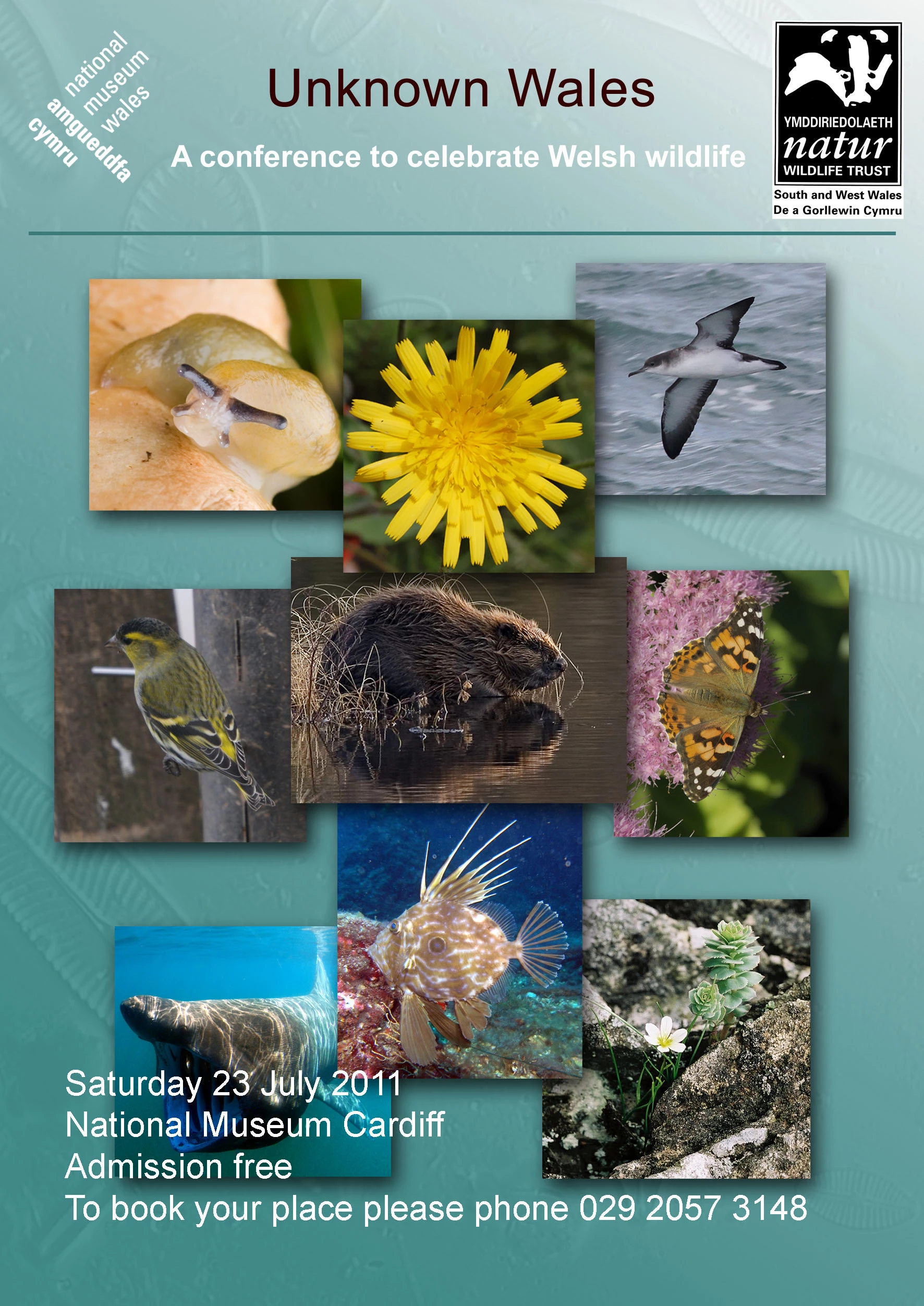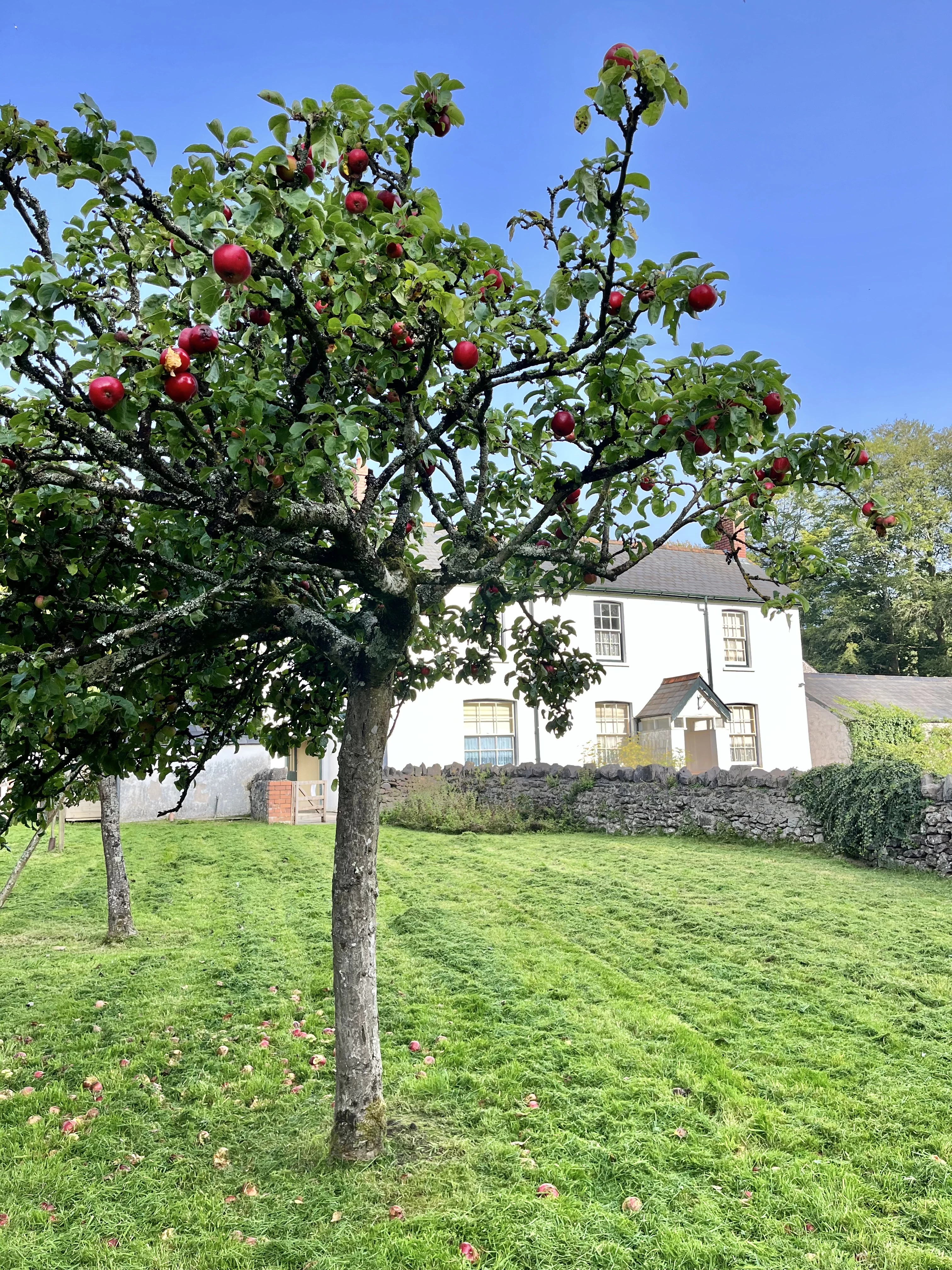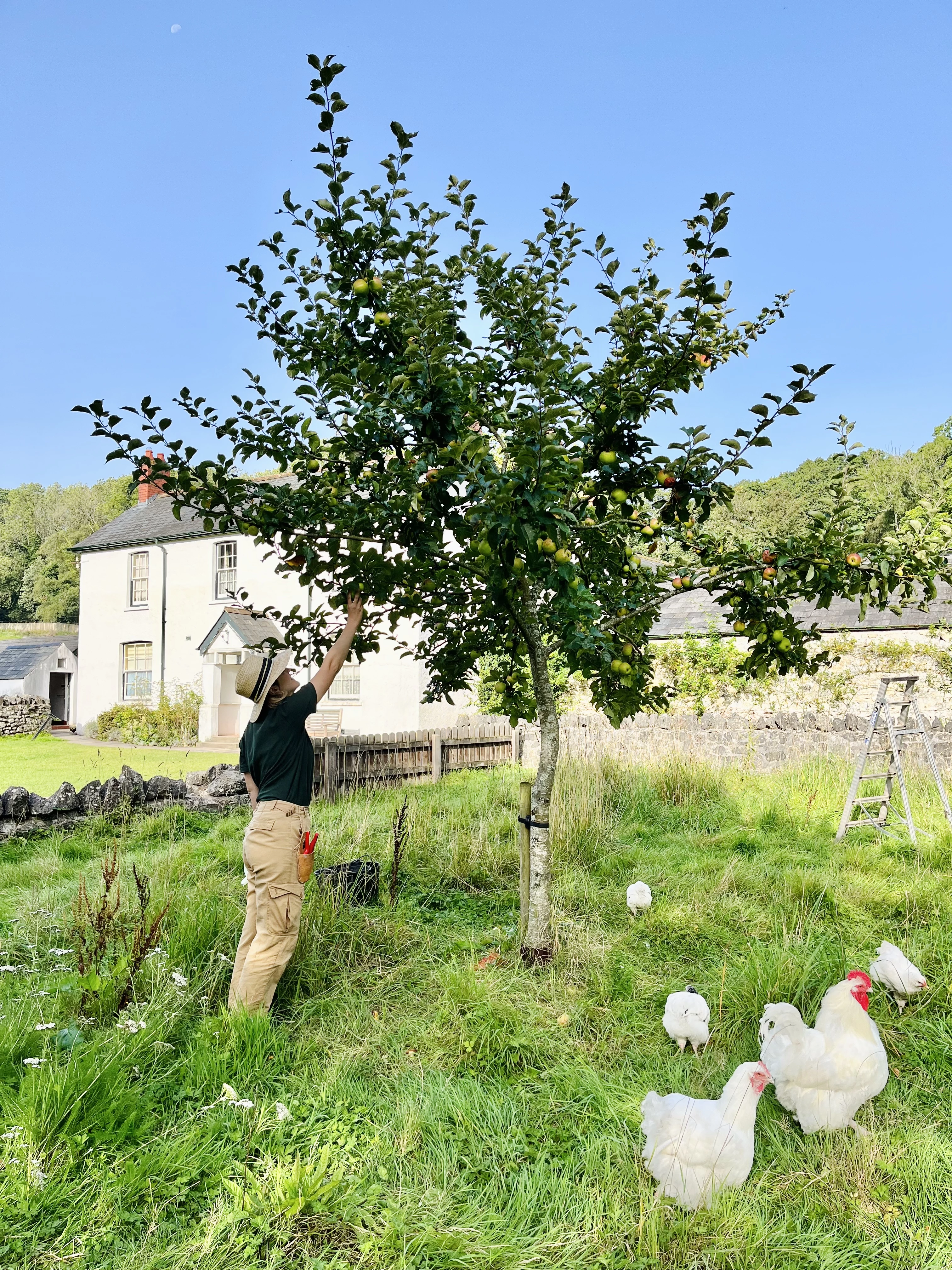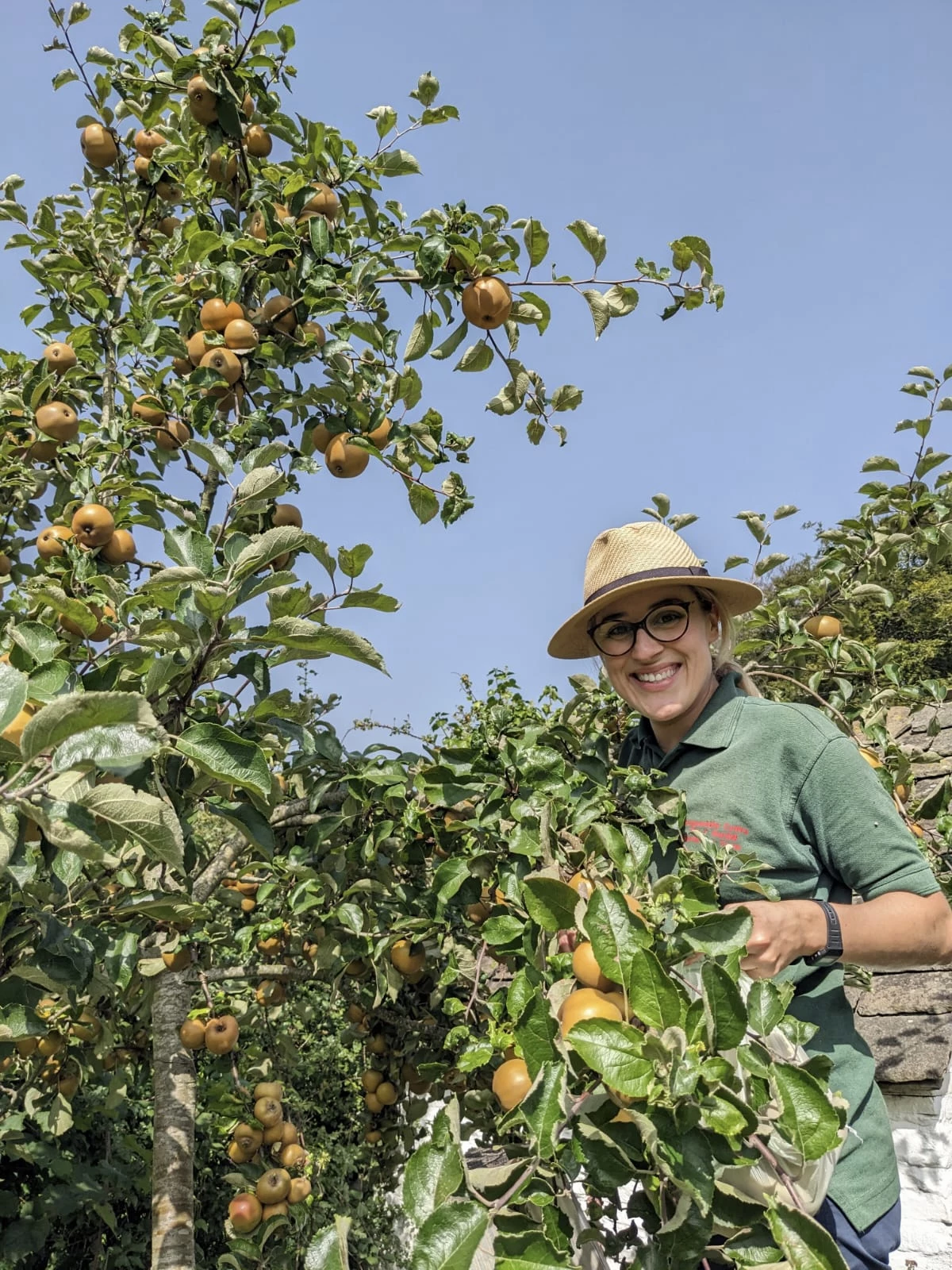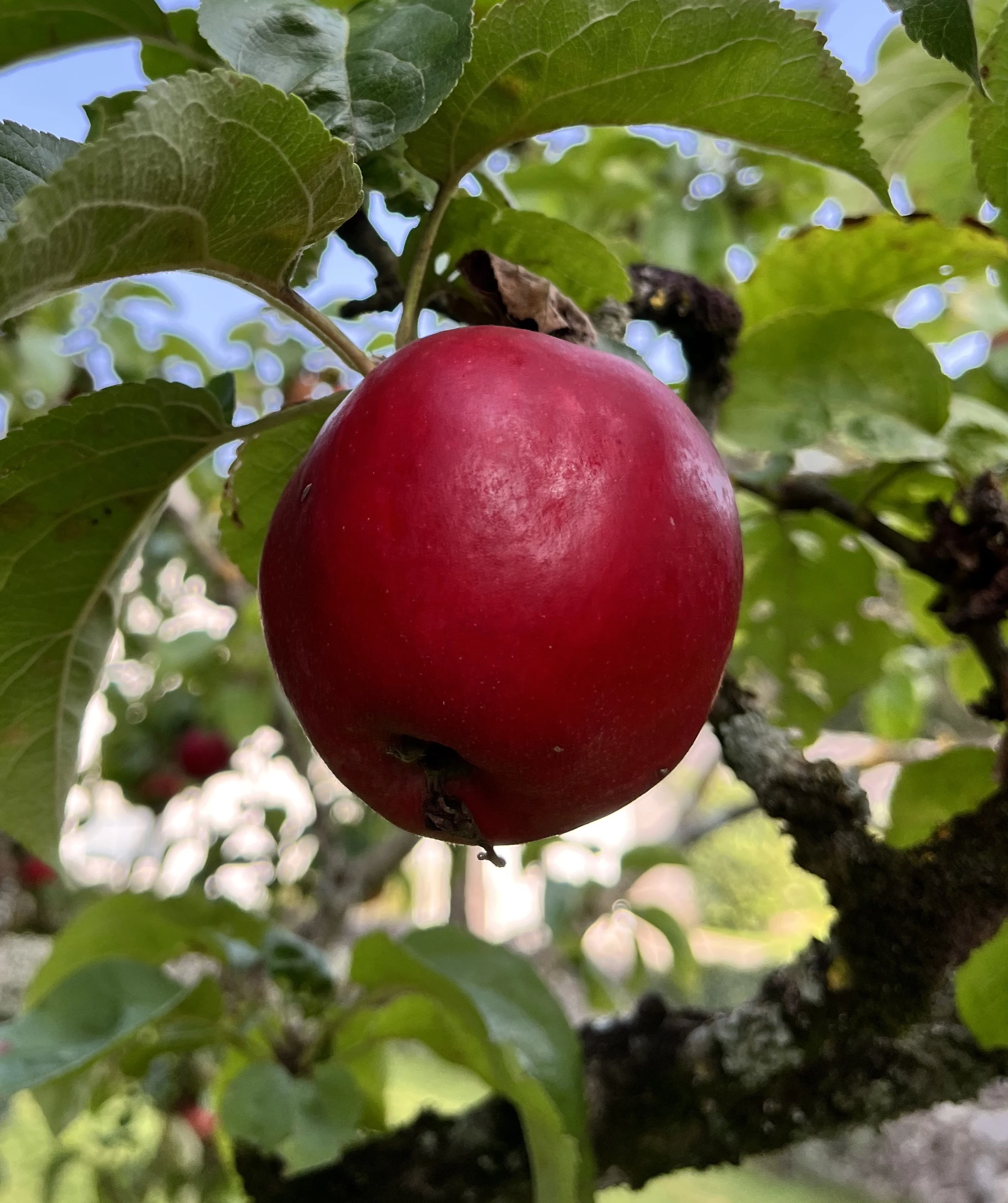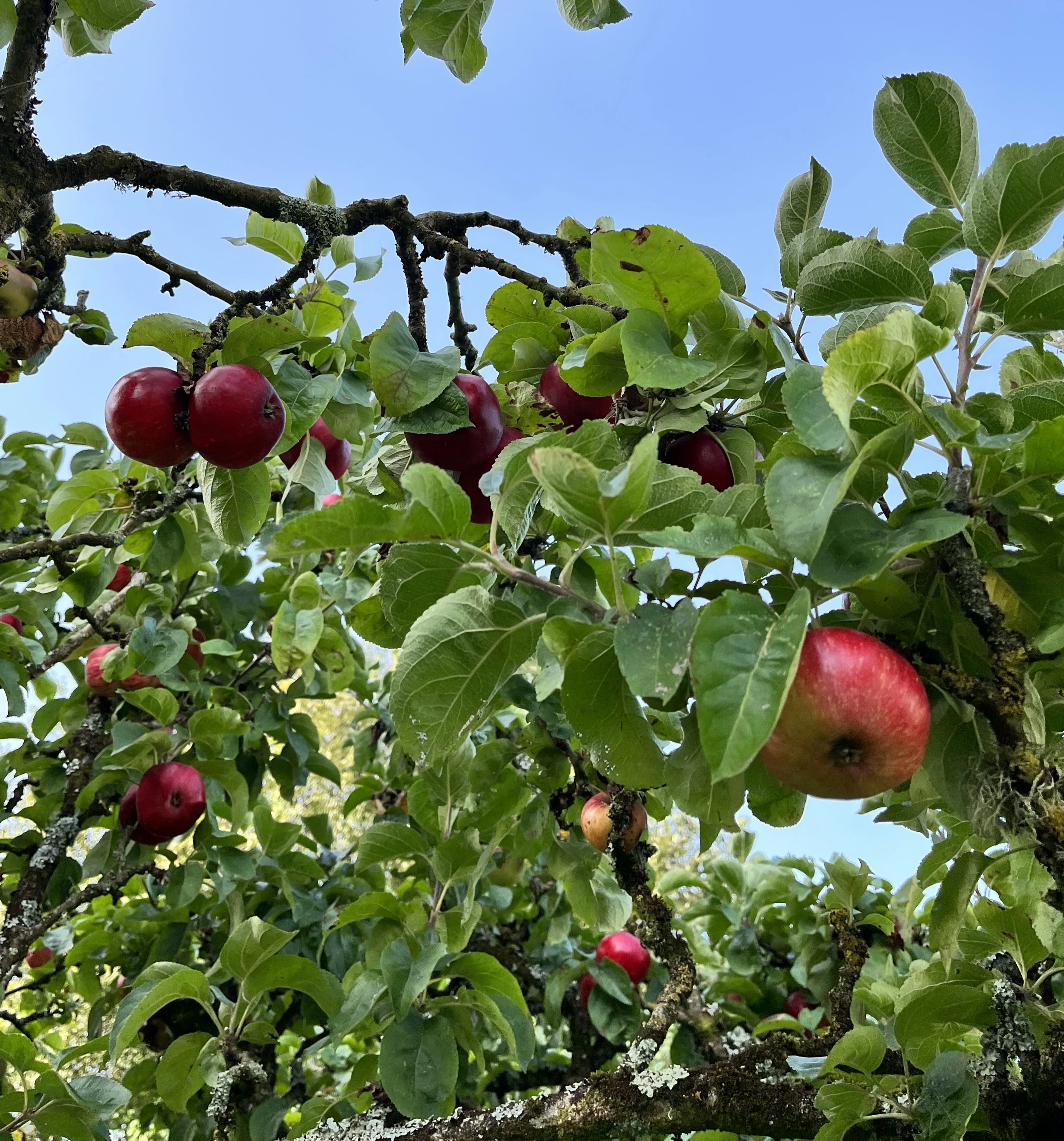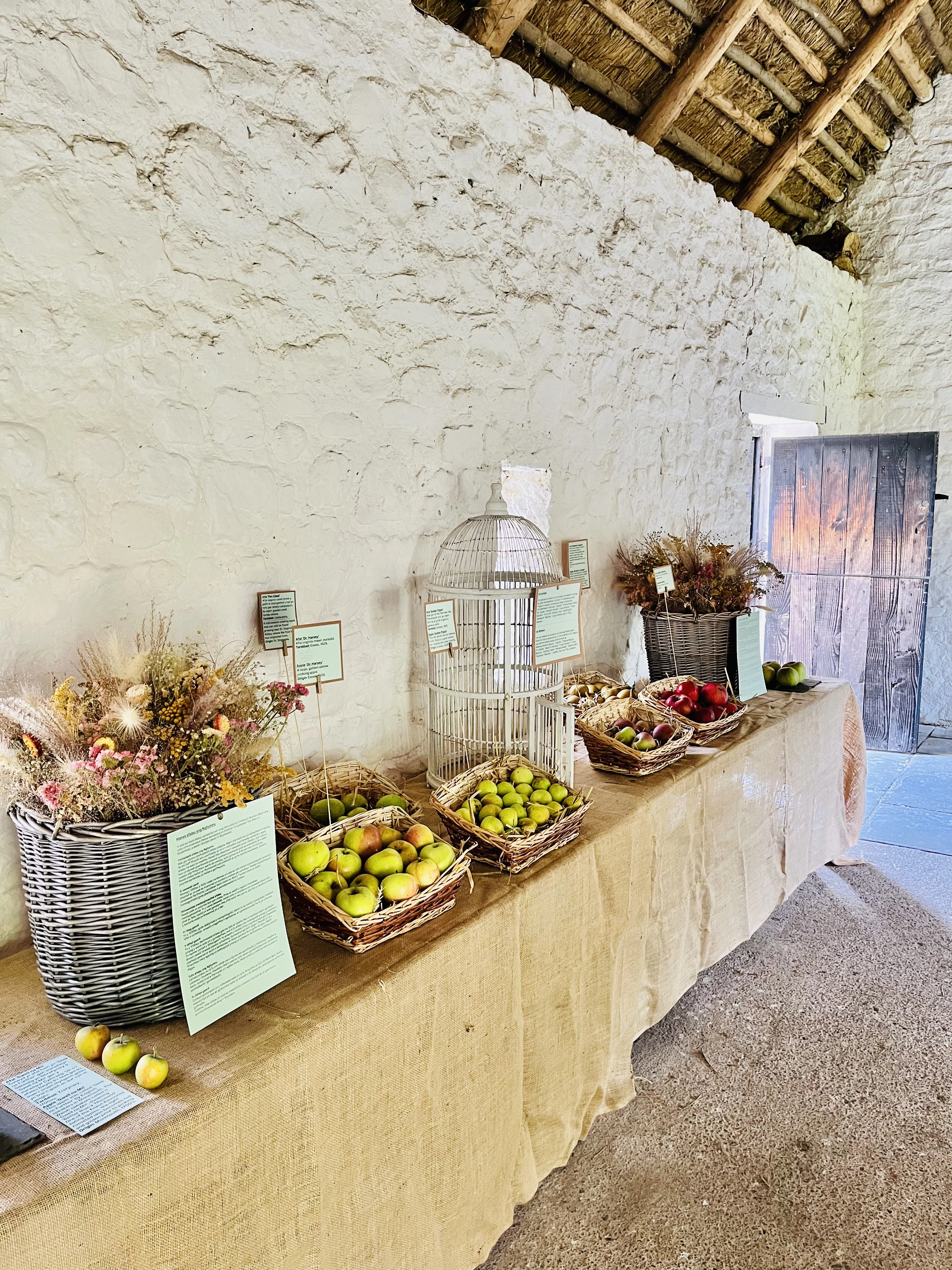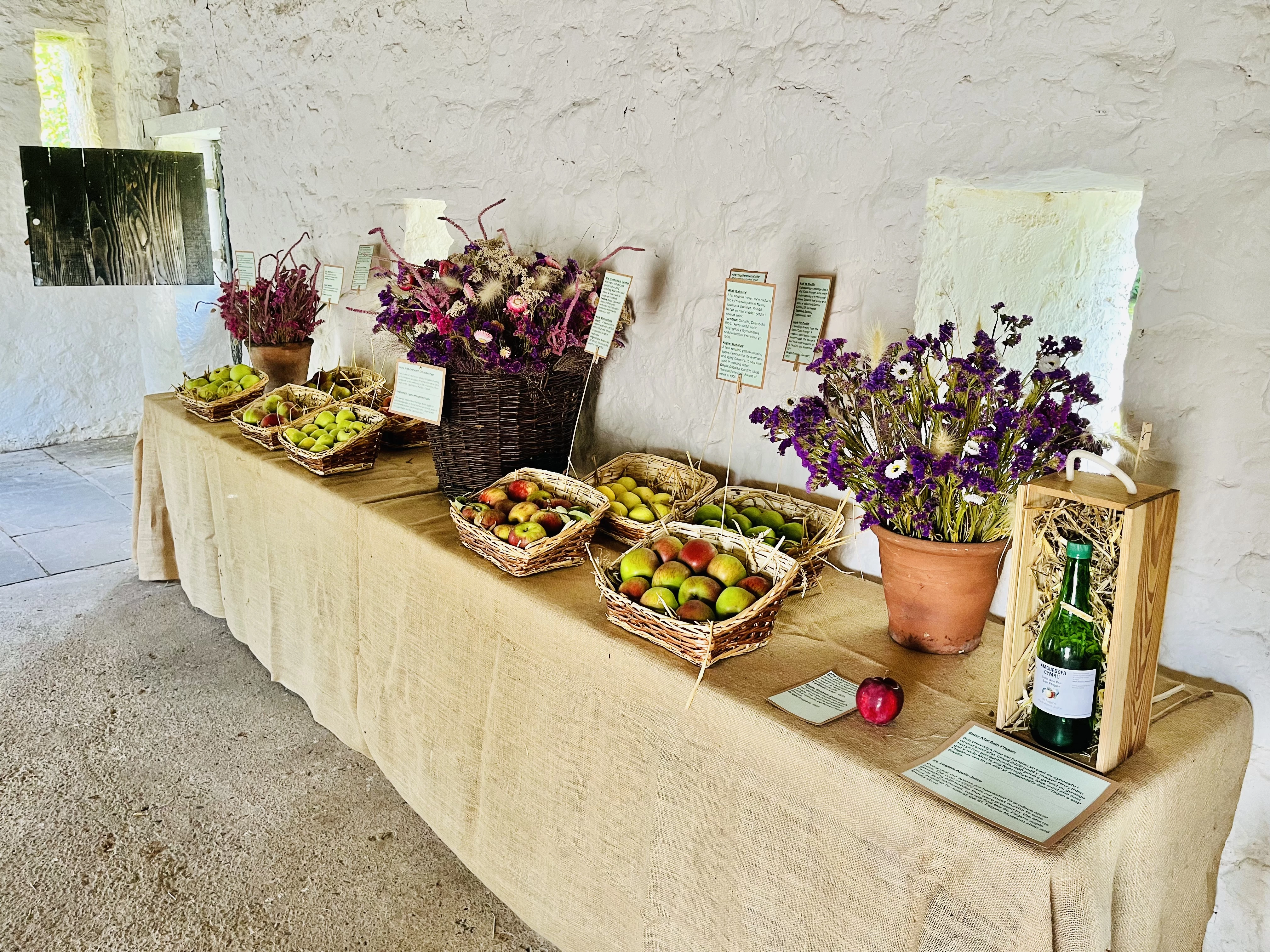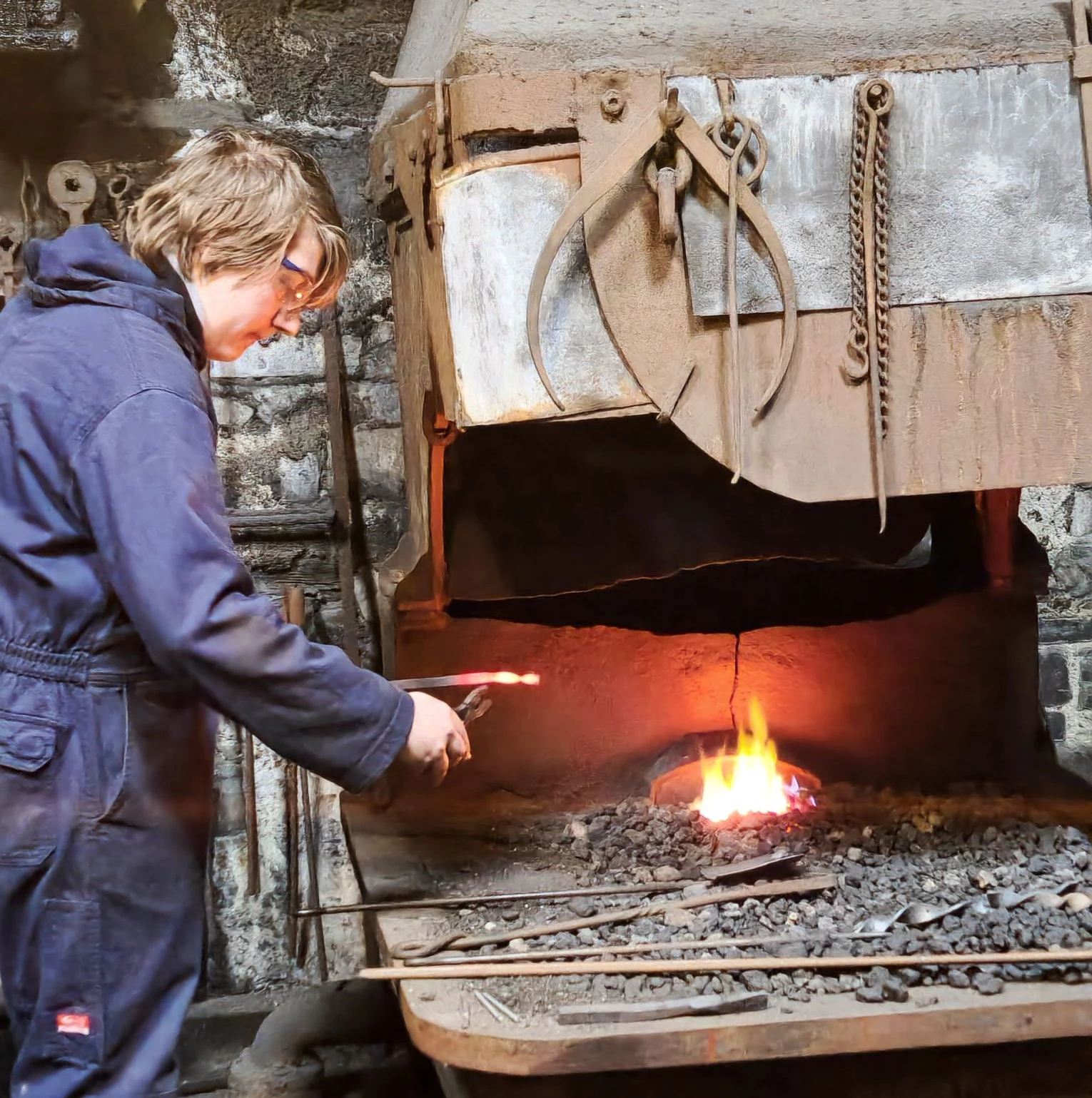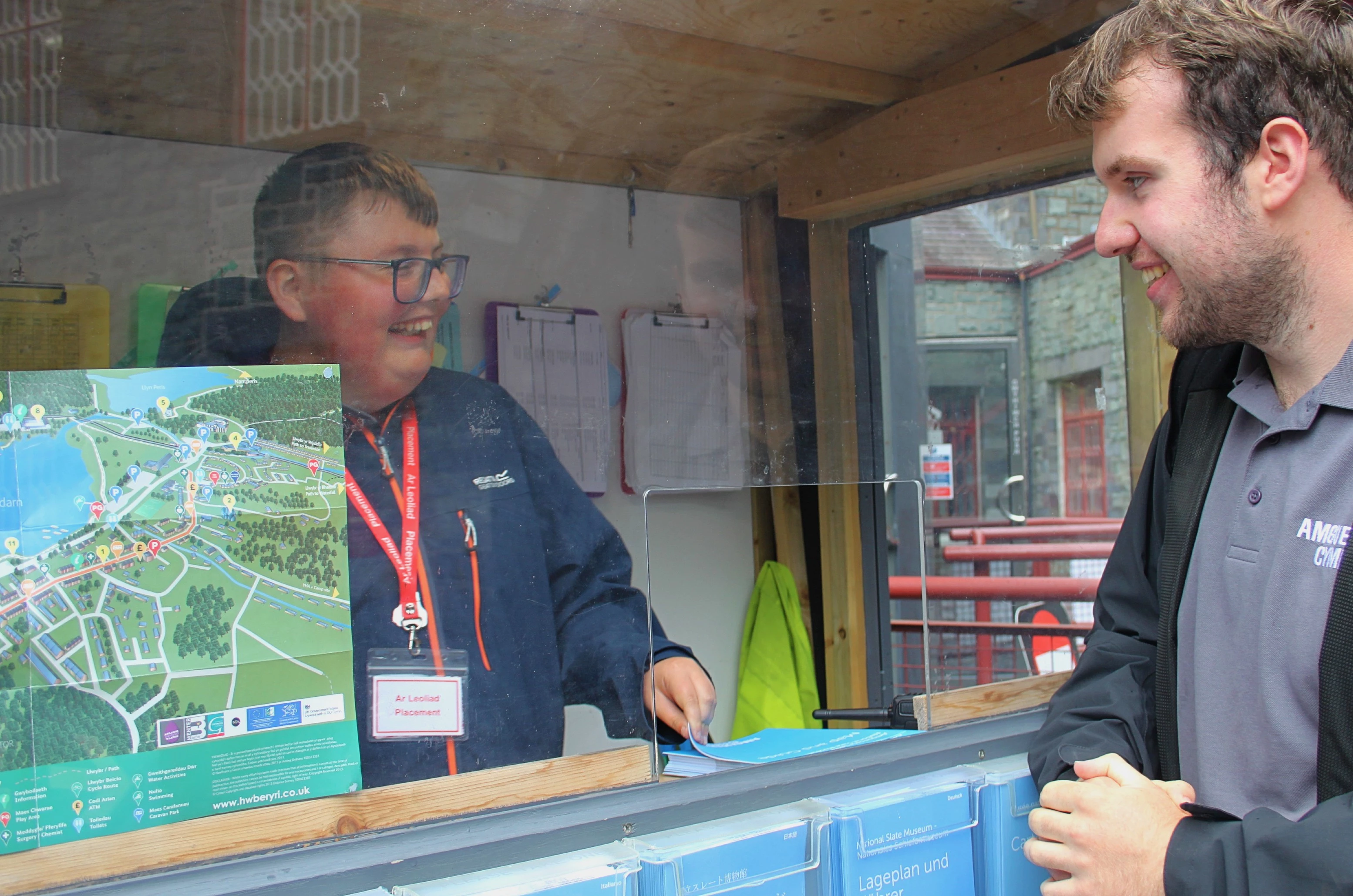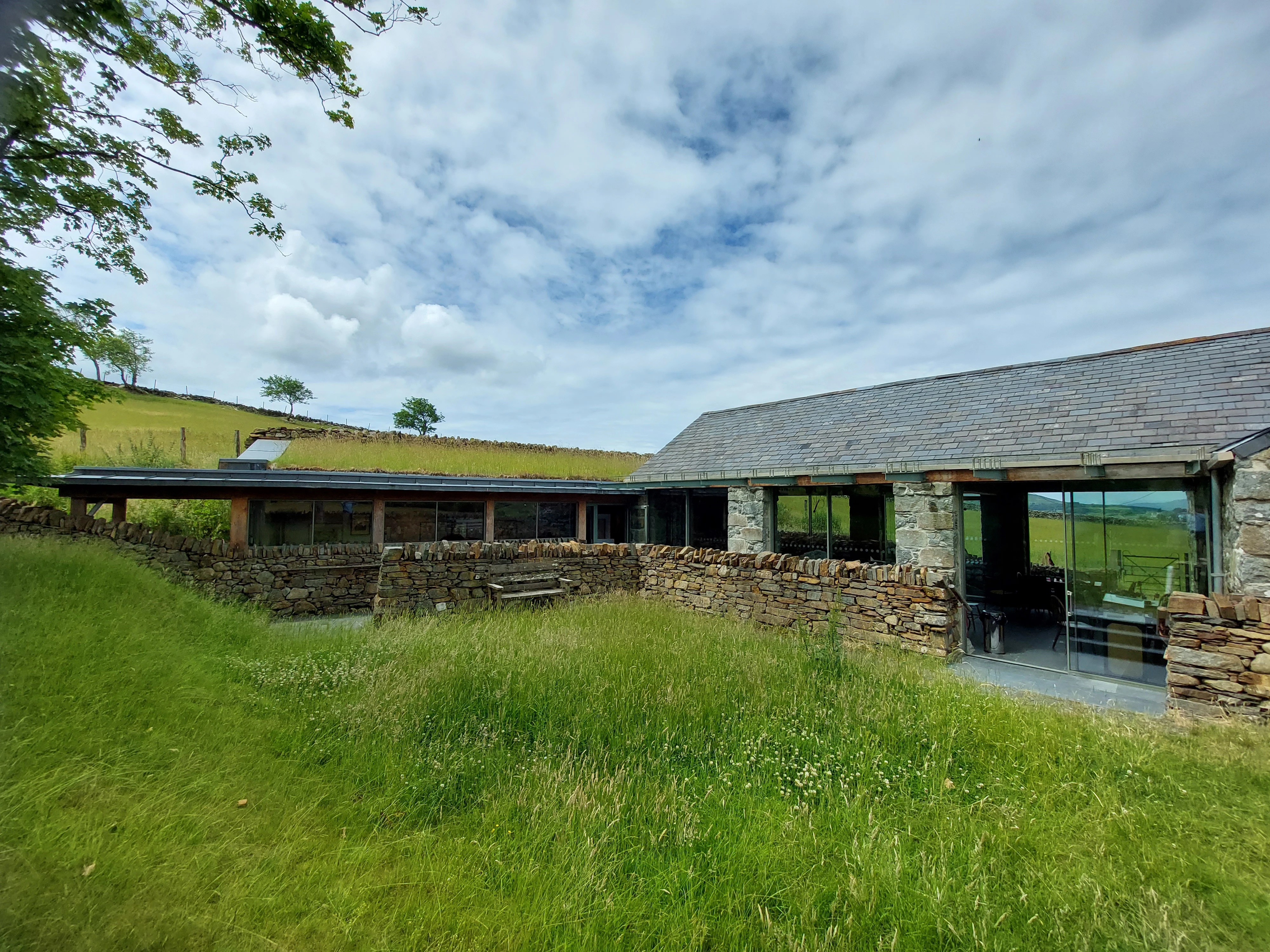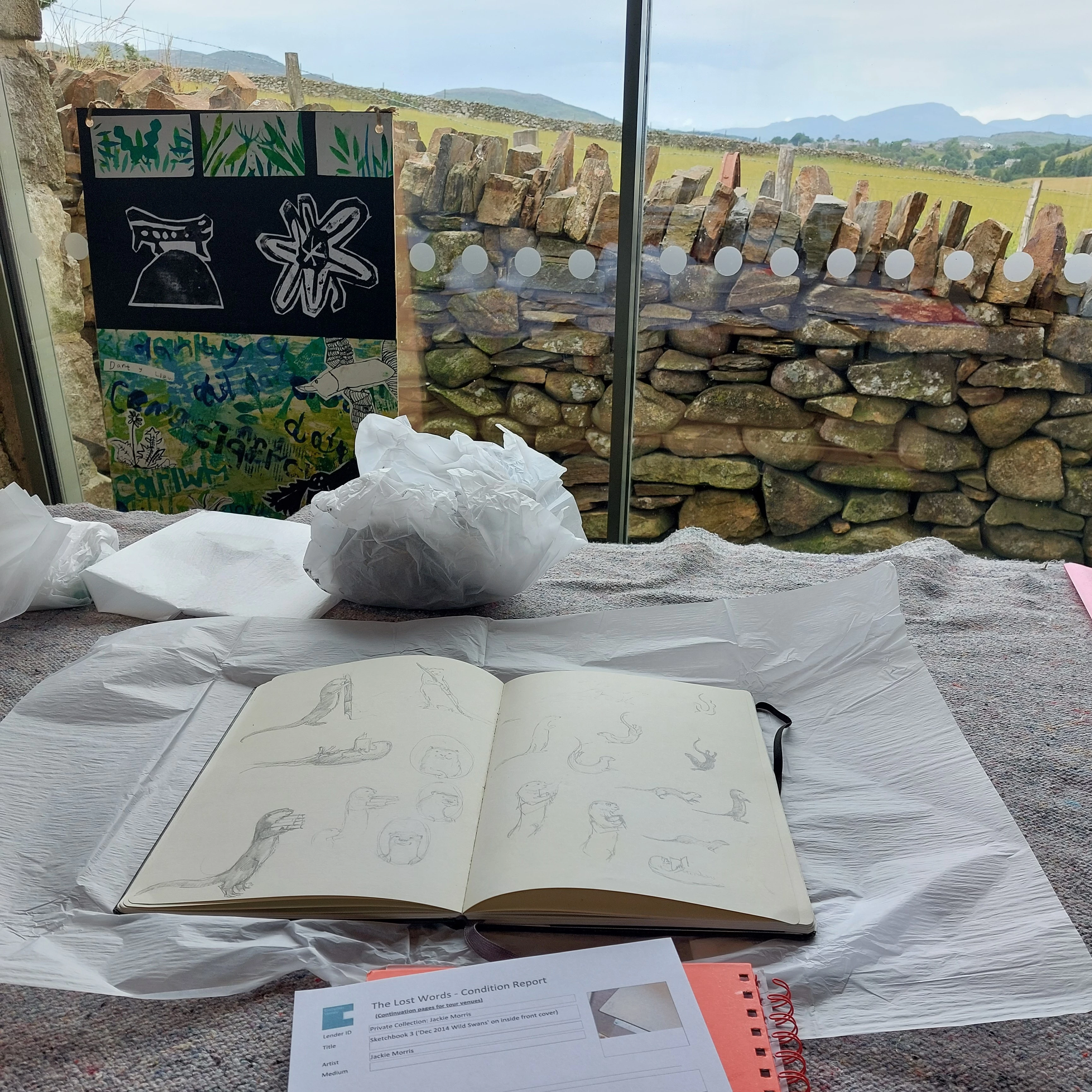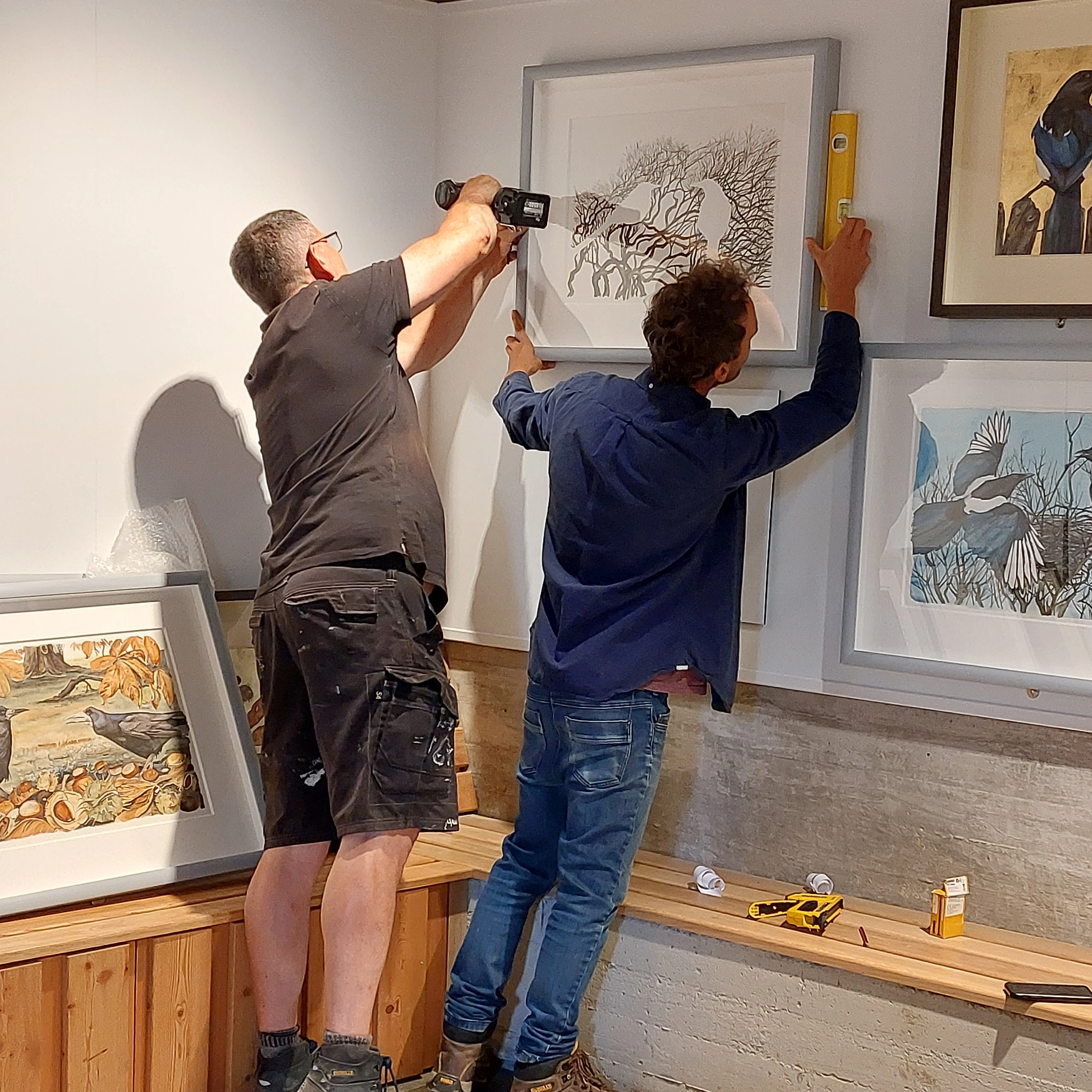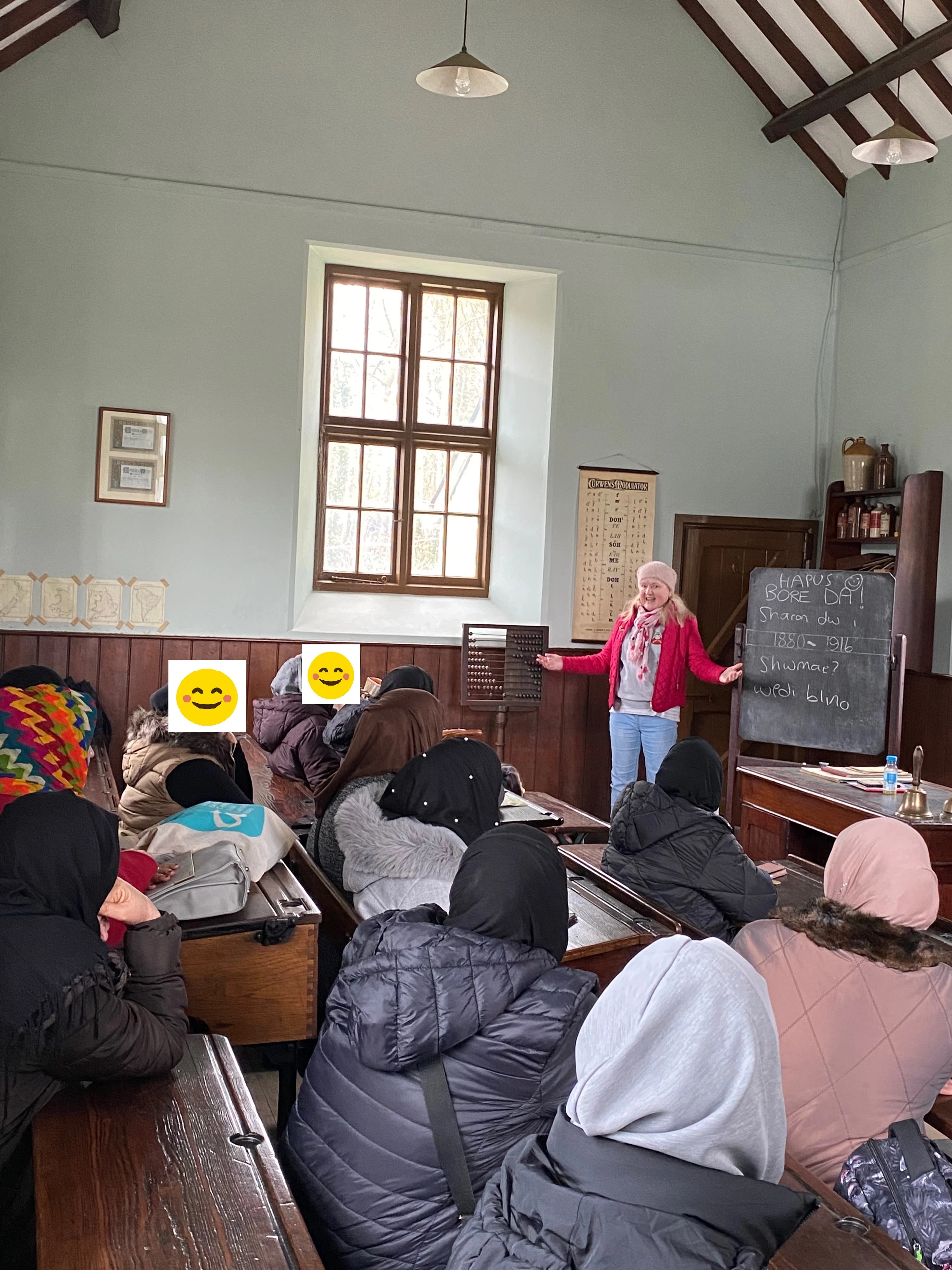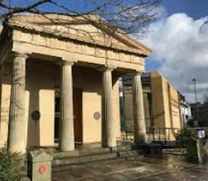The Roots of 'Unknown Wales': A Conference to Celebrate Welsh Wildlife
, 20 September 2023
‘Unknown Wales’ is an exciting day of free public natural history talks held each autumn at National Museum Cardiff. It features top speakers from all over Wales, talking about their newest nature discoveries and projects. The talks are short and accessible, and often great fun!
First held in 2011, the bilingual event is a collaboration between Amgueddfa Cymru and the Wildlife Trust of South & West Wales. The conference is a popular highlight in our calendar, regularly attracting over 200 visitors in person and online. The Reardon Smith Lecture Theatre provides a impressive atmosphere in which to hear from people who work on the front line of natural history and nature conservation.
The event was initially created to meet two needs. The first was for a free public conference dedicated to the whole natural history of Wales. From the outset the intention was to cover Zoology, Botany, and Geology – three fundamental aspects of nature that aren’t always dealt with together. It aims to offer an event (and a platform) for everyone with an interest in natural history. The questions from the audience at the end of each talk give a flavour of the enthusiasm that’s out there, as well as the depth of each speakers’ knowledge! Held on a Saturday, the day is unusual in our events calendar in being aimed largely at adults (though anyone aged 12 and over can attend).
The second need was to emphasise that new discoveries are always being made, hence the name “Unknown Wales”. While the event always features famous Welsh nature reserves, familiar species, and well-worn conservation practices, we’ve always encouraged interest in frontiers. Many talks feature recent scientific discoveries (including those made at the Museum itself), or new approaches that are changing how people look at and live with Welsh nature. On occasion there has been controversy, as speakers grapple with the environmental issues and policies of the day. The variety of organisations and projects covered provide inspiration for those looking for career, study or volunteering opportunities in biodiversity.
In total over 80 speakers have helped build Unknown Wales into what it is, and to all of them we are most grateful. Particularly memorable talks include Tim Birkhead on birdsong evolution, Lynne Boddy on the diversity of fungi, Anne Bunker on Welsh seaweeds, and Derek Gow on beaver reintroduction (a situation that has changed drastically since 2011). TV celebrities Rhys Jones, Miranda Krestovnikoff, and Iolo Williams (twice!) have all taken part to lend their support to the initiative.
Subjects covered range from river pollution to heritage trees, caves, coal tips, dolphins, dinosaurs, and eDNA surveys. We have featured the latest updates on iconic species like Red Squirrels, Marsh Fritillaries, Natterjack Toads, and Manx Shearwaters. Plus, of course, the Glutinous Snail…an icon-in-waiting? Another good thing about covering the whole of Wales, including its more remote and quieter places, is that nearly everyone’s milltir sgwâr (square mile) has had a mention!
Several talks have come about through audience suggestions, helping the event evolve. We have sometimes toyed with the format, exhibiting specimens from the Museum collections, supplying goodie-bags, or holding a poster competition, book sale or quiz during the interval. The event moved online in the 2020 pandemic, before adopting the present hybrid event, which allows more people to take part.
Will there be more Unknown Wales to come? You bet! Welsh nature is always full of frontiers and mysteries, which move as times and techniques change. We look forward to the next event, and to many other opportunities to share these with other wildlife lovers.
Details for Unknown Wales 2023 are here.
